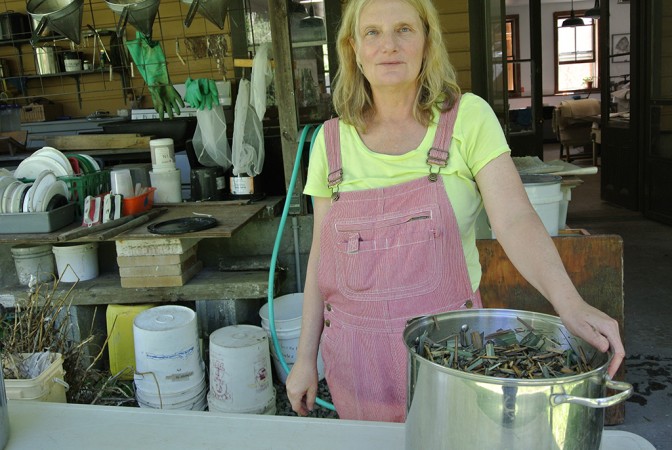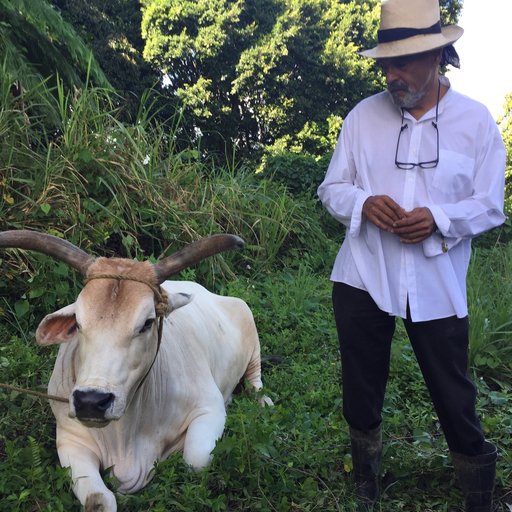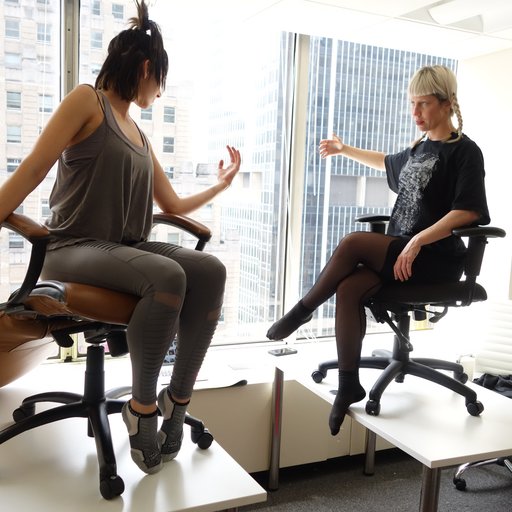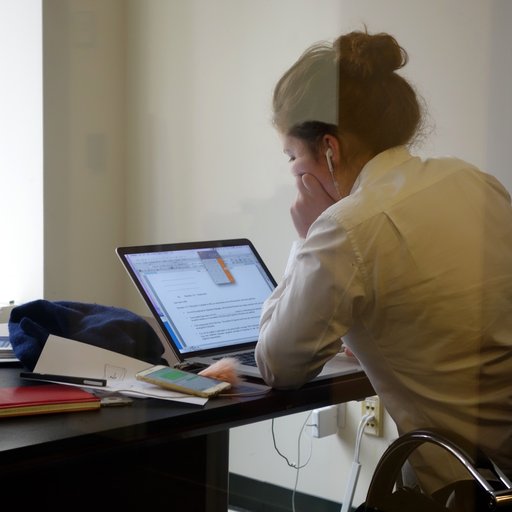When it comes to the Fresh Kills Landfill in Staten Island, the words “art” and “outdoor recreation” are about as far from association as “giant, stinking wasteland” are very inescapably and unfortunately close. That said, when we came across Freshkills Park (an ongoing partnership with NYC Parks and the Freshkills Park Alliance responsible for developing the landfill into a new 2,200-acre park in the middle of Staten Island) holding down a booth at this year’s NADA Art Fair, we were pretty surprised. Art and nature? Didn’t they used to call Freshkills “The Dump”?
Turns out, New York City’s so-called forgotten borough will soon have much more to offer than a free ferry ride with a fantastic view of Lady Liberty. Taking the place of what was once the largest landfill on Earth (!), Freshkills Park is setting a new global record as one of the world’s most ambitious environmental rehabilitation projects to date. It will also become New York’s largest new city park—to put it in perspective, Manhattan’s Central Park is only 843 square acres, making Freshkills nearly three-times the size.
 The sobering view at "Mt. Trashmore," aka: the Fresh Kill Landfill. Image via Atlas Obscura.
The sobering view at "Mt. Trashmore," aka: the Fresh Kill Landfill. Image via Atlas Obscura.
Freshkills officially closed as a landfill almost 20 years ago, having accepted its last barge of New York city trash in 2001, briefly re-opening later that year to accept and process the aftermath of the 9/11 terrorist attacks. In the brief period of time since, the progress has been astonishing. Though not fully open, the park already features pristine-looking acres of meadows, wetlands, woods, and kayak friendly waterways—one Staten Island native, upon previewing the developing site in 2015, poetically mused on the park’s “amber waves of grain… it’s like you’re on the Serengeti in the middle of New York City!” Where the sky was once so dense with seagulls, one could barely make out the sun, there are now over 20 species of native birds soaring leisurely throughout, including bald eagles, egrets, and hairy woodpeckers. The Audubon Society has even deemed Freshkills one of the best bird-watching sites in NYC.

The rehabilitated Freshkills Park, as of 2015. Image via the Audubon Society.
Though the park is still a ways away from being fully open (the projected finish date is in 2036), Freshkills has already been laying the groundwork for a park that aims to sustainably serve its local community, both socially and ecologically. The best place to see that in action is in the way Freshkills Park has integrated art into its development. Unlike most parks, where the arts programming operates as a separate entity in conjunction with the parks department, at Freshkills, the programming is directly embedded within. “The way arts programming is structured into the park, it’s more of an integrated marriage, as opposed to a responsive model” says Mariel Villeré, manager for programs, arts, and grants at Freshkills Park.
In that embedded integration comes a much more nuanced, in-depth cultural program that collaborates with artists to develop proposals for the park. “I tend to structure the proposal process around conversation,” says Villeré. “It’s important for artists to get acquainted with the site first because it’s so unique.” One example of this type of project is UnCommon Pages. Presented by book artist Susan Mills in 2014, a small group was led through the Freshkills Park site to collect a local, invasive reed species known as Phragmites. Once the Phragmites were harvested, Mills brought them to her Women’s Studio Workshop in Rosendale, NY and turned the reeds into hand crafted paper which would be bound into 2,000 passport-sized field notebooks at events and workshops.
 Artist Susan Mills processing Phragmite reeds to turn into paper for Freshkills Park. Image via Freshkills Park Alliance.
Artist Susan Mills processing Phragmite reeds to turn into paper for Freshkills Park. Image via Freshkills Park Alliance.
“Our programming is special because it resembles the process of transforming the landfill into a park,” says Villeré. “The art itself is very much process based, and responsive to the park at any given state in time. Right now, they’re more like tools. They’re ways of researching, devices for capturing information. There are a lot of things happening behind the scenes.”
In addition to working directly with the local ecology, the Freshkills Park staff also work with the local Staten Island community to create sustainable systems that support its surrounding neighborhoods. “For each of our park design projects, we organize listening and community planning sessions where we invite members of the community to give feedback on preliminary design. Even before that point, we organize working groups with representatives within the community from all different spheres of public life.”
Staten Island’s cultural institutions have also been integral partners in the development of Freshkills Park’s programming. “We work very closely with Staten Island Arts, along with other local institutions and artists such as Staten Island MakerSpace, which is an art and cultural space that also looks at art and science and technology to foster greater creativity to kids and offer resources to artists on Staten Island.”
The Freshkills Park art program has also been working closely with local artists like Tattfoo Tan to develop the “New Earth Resiliency Training Module,” a suite of skills-based lessons created to foster independence, and resiliency in the face of unknown futures. Currently, the training module is also partnering with Staten Island’s Jacques Marchais Museum of Tibetan art, relocating their regular Saturday meditations to the park, and turning them into a walking, guided meditation. Previous modules taught participants how to make shelters, and woven pack baskets.
 Freshkills Park Alliance presenting Field R/D at this year's NADA. Image via Freshkills Park Alliance.
Freshkills Park Alliance presenting Field R/D at this year's NADA. Image via Freshkills Park Alliance.
Another program the Freshkills Park Alliance hosts is Field R/D, which was presented at this year’s NADA Art Fair. Ostensibly a residency program, Field R/D works with seven artists (this year’s participants included performance artist Gabri Christa, Torkwase Dyson, Mary Mattingly, and the Dufala brothers) to develop “an approach for bringing an exhibition, discussion and event series to Freshkills Park in 2018.” Through independent, and collaborative research, site visits, and conversations, Field R/D is a fantastic model for how Freshkills Park ties art, ecology, and the local community into one evolving practice of engagement.
When asked whether or not she felt tempted to reach out to bigger name artists like Doug Aitken, Michael Heizer, or Agnes Denes to raise publicity for the park, Villeré responded that while it would be great to get that kind of attention brought to Freshkills, it isn't their priority. While bending over backwards for headline artists is seductive, for the Freshkills Park art program, it doesn't come before serving local artists, and communities, and remaining true to their democratic, integrated process.
One of the best ways to see Freshkills Park in action, experience its arts programming, and get to see the park's development, is by going to one of their Discovery Day events. Each year, the park hosts a day of events, commissioned artworks, interactive workshops, and guided tours, inviting visitors to become a part of the Freshkills Park story. In the words of Mariel Villeré, "We think of Freshkills as a park for the region. Because of its history, it's accepted waste from all five boroughs for several decades, so New Yorkers from any location really made the foundation for this park. The conversation isn't limited to Staten Island—it involves all of New York City, especially its artists. Right now, public art accessibility, and creating opportunities for artists to practice public art is becoming more democratic, and is being demonstrated in Freshkills."
This year's Discovery Day will be on June 3rd. We hope to see you there! For more information visit www.freshkillspark.org.
RELATED ARTICLES:
9 Artists Changing the Way We Think About the Environment
"Like Noah Hunting the Animals He Saved On the Ark": Mark Dion on the Contradictions of Environmentalism



























